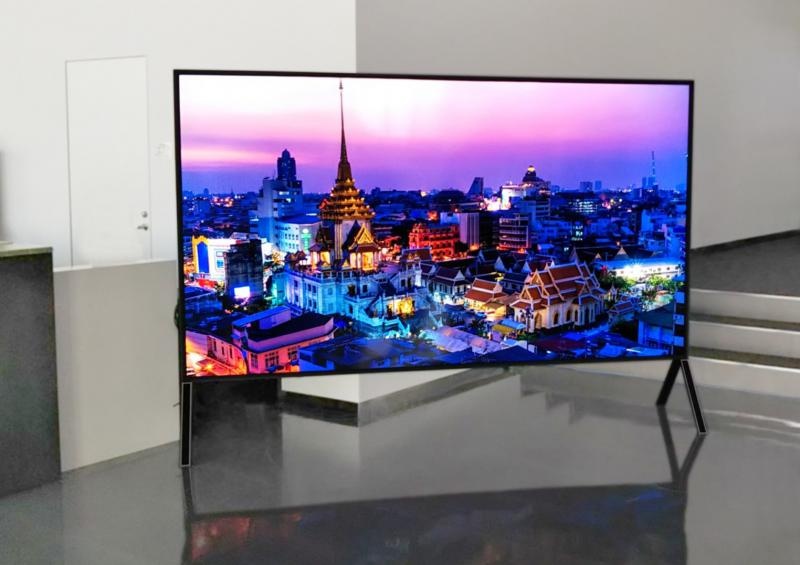Study: Super Hi-Vision market poised for growth
October 14, 2025
By Chris Forrester

A report from SAC Insight looks in detail as the prospects for ‘Super Hi-Vision’ and its potential for adoption by consumers.
This report estimates the market size of Super Hi-Vision over the period of 2020 to 2035. They suggest that these well-specified TV sets will enjoy a CAGR of between $11.7 billion – $13.74 billion during the 2025-2035 period. For the 2034-2035 years they forecast values of $5.14 billion – $5.90 billion in terms of market value.
The study examines the market sizes for Global Super Hi-Vision Market, by Resolution, by Application, by Display Technology, by End-Use, and by Region are estimated in terms of value.
The report notes:
• Asia Pacific: Dominates with 36.8 per cent market share and fastest growth trajectory
• North America: Holds 25 per cent market share, largest market in 2024
• Europe: Represents 20 per cent market share with stable growth patterns
• Emerging Markets: South America and Middle East & Africa each account for 10 per cent market share
SAC splits the market into the key resolutions (4K, 8K and even 16K). The applications examined include broadcasting, digital cinema, live events and gaming.
The document provides an analysis and forecast of the global Super Hi-Vision market from 2025 to 2032. Display technologies analysed are LED, OLED, and LCD. End-use categories include residential, commercial, and public displays.
SAC highlights the following manufacturing companies:
• Samsung Electronics: Market leader with Q900 8K QLED series and AI integration
• LG Electronics: Major player in display panel manufacturing
• Sony: Premium segment focus with professional applications
• Canon.: Strong presence in professional camera equipment
• Sharp: Advanced display technology development
Key drivers include increasing demand for high-resolution content and advancements in display technology. Restraints may involve high costs and limited content availability in Super Hi-Vision formats.
The benefits are its unrivalled image clarity, offering resolution 16 times higher than Full HD, which appeals to entertainment, medical imaging, and professional visualisation applications. Leading manufacturers such as Samsung, LG, and Sony leverage deep R&D investments and established brand reputations, ensuring continuous technology refinement and strong supply chains.
However, there are threats which the report suggests are high production costs and premium pricing inhibit widespread consumer adoption, confining demand largely to niche professional segments. Native 8K content remains scarce, limiting the value proposition for end users, while infrastructure constraints including bandwidth limitations and outdated broadcasting systems hinder seamless content delivery.
Intensifying competition from emerging display technologies such as OLED, Mini-LED, and Micro-LED may erode 8K’s premium positioning, while economic downturns pose demand risks in luxury segments. Regulatory uncertainties in broadcasting standards and supply chain disruptions for specialised components could further impede market growth, states SAC.
But there are also opportunities: “Expanding professional use cases in healthcare diagnostics, scientific research, and aviation simulation can unlock new revenue streams as ultra-high-definition visuals improve accuracy and efficiency. Declining component costs and growing investments in 8K content creation by streaming platforms and broadcasters will enhance affordability and content availability, driving broader market penetration,” said SAC.
The Super Hi-Vision market is poised for growth, concluded the report. This growth will be driven by technological advancements and increasing consumer demand for high-quality content.
Other posts by :
- Euro-bank sets up €500m space fund
- Revenue jump forecast for Eutelsat
- Moody’s upgrades Eutelsat’s debt rating
- Rivada Space Networks wins spectrum dispute
- Eutelsat shareholders upset over Rights Issue
- Amazon Leo satellites en route to French Guiana
- Deutsche Bank reveals targets for AST SpaceMobile
- AST SpaceMobile boss outlines benefits
